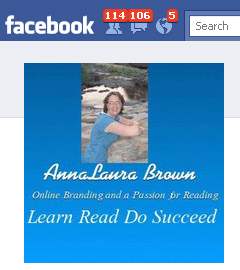 There’s no doubt that infographics are an extremely useful internet marketing tool, and as such, they’re becoming ever more commonplace when trying to gain new blog readers. There’s no better way to attract new customers than with a clever graphic.
There’s no doubt that infographics are an extremely useful internet marketing tool, and as such, they’re becoming ever more commonplace when trying to gain new blog readers. There’s no better way to attract new customers than with a clever graphic.
The problem, however, is that we’re seeing more and more that are overly complex, and are simply a waste of time. Sometimes you have to ask yourself, would this infographic be better if it were shorter, simpler, or even as text?
The main advantages of infographics, and the main reason they’re used, is that they can convey information quickly and concisely in an eye-catching way. Boring processes and masses of statistics can be explained quickly through the use of a great image, and people love this.
If you’ve got a great product for instance, you can explain some of its main features in a graphic. It’s much better to get a series of facts from an infographic than a large body of text, but if the infographic itself becomes overly long and complex, the point is lost.











